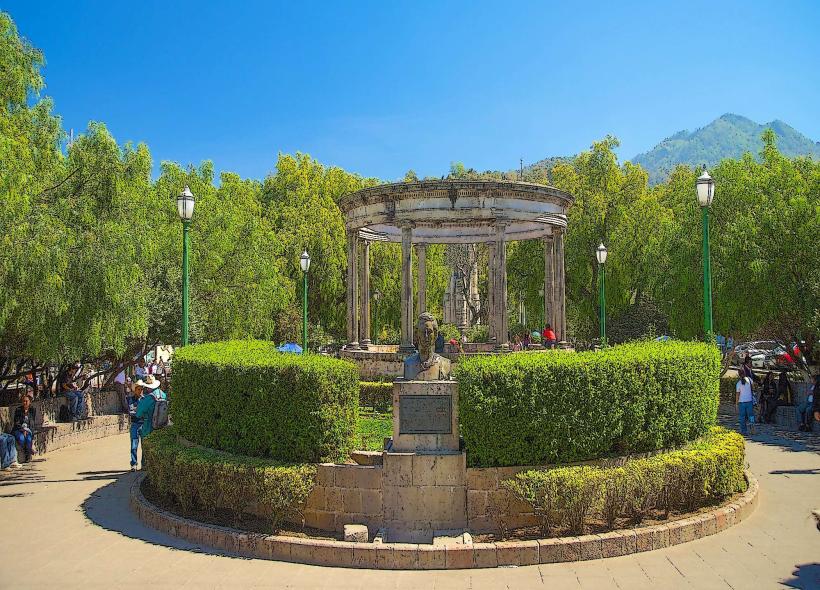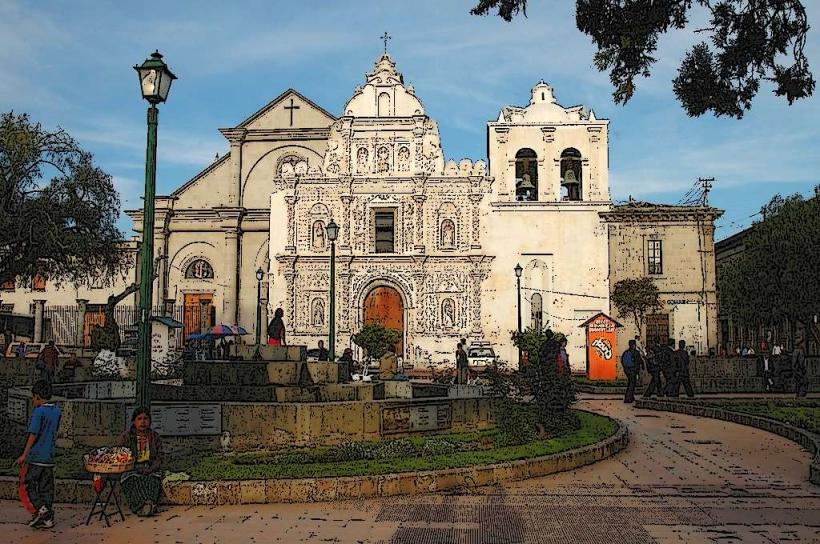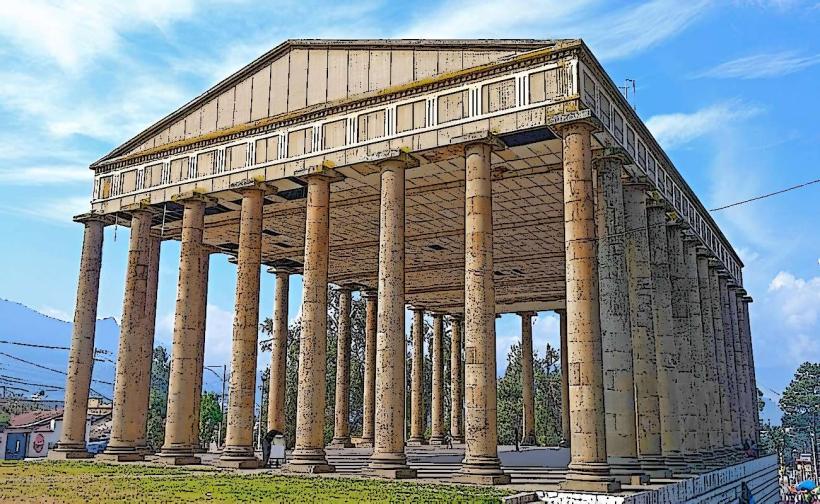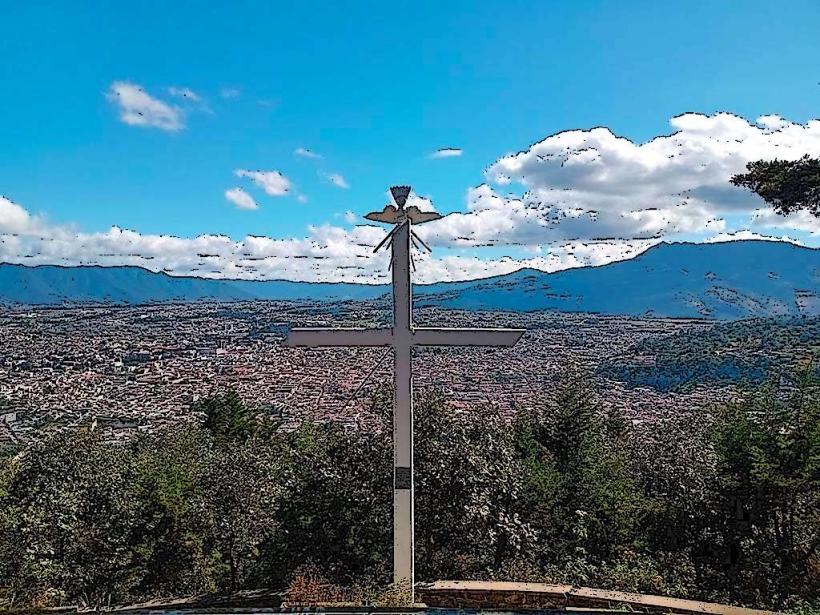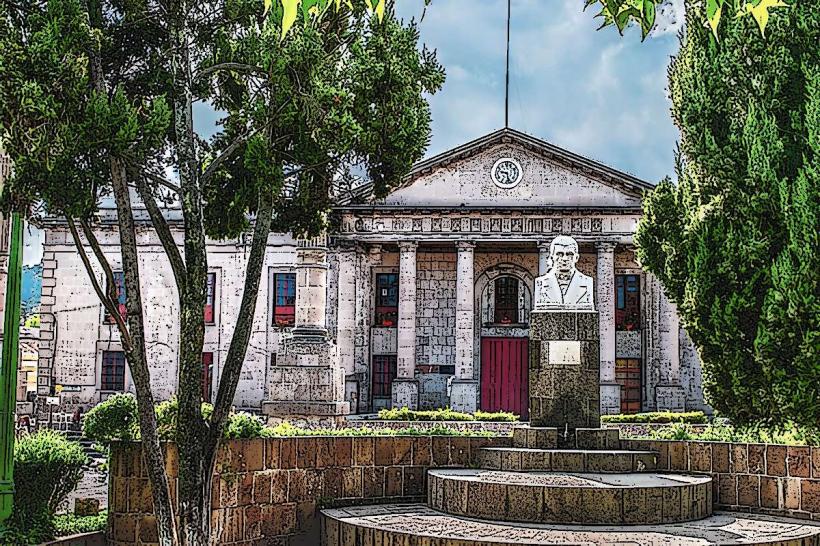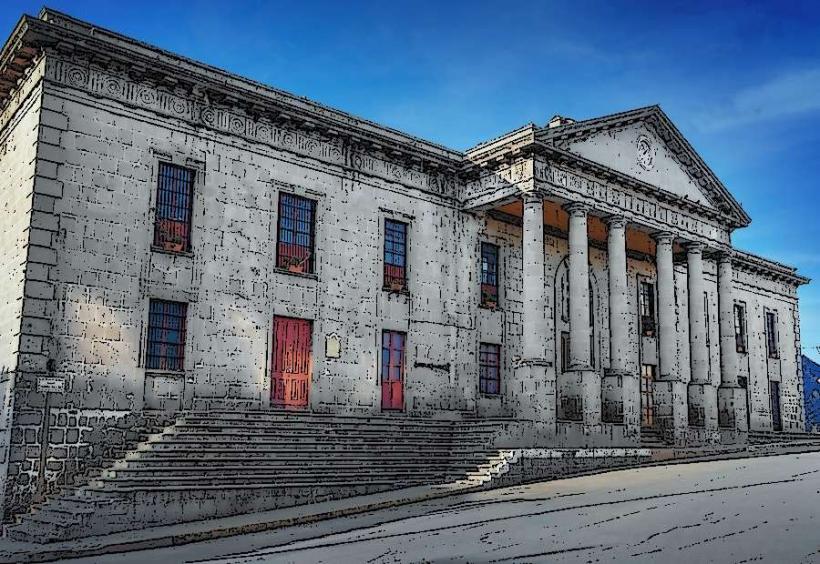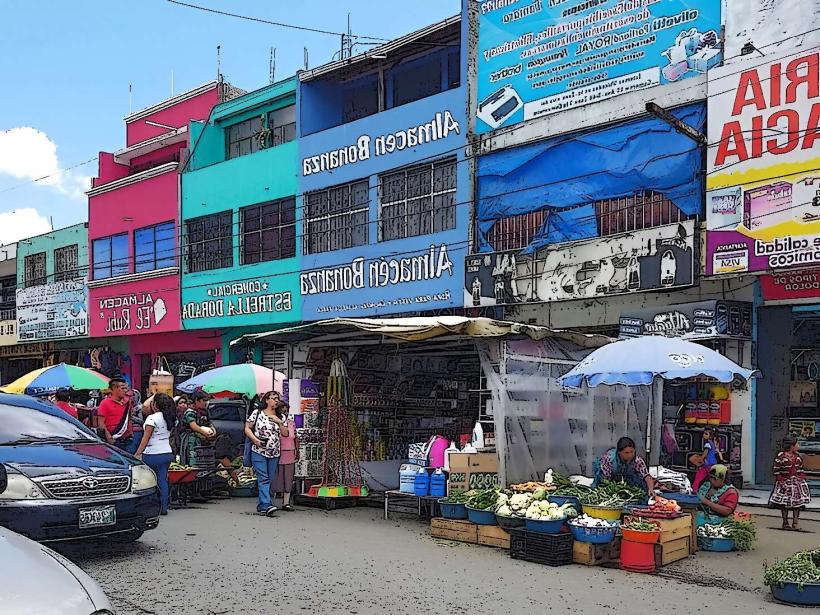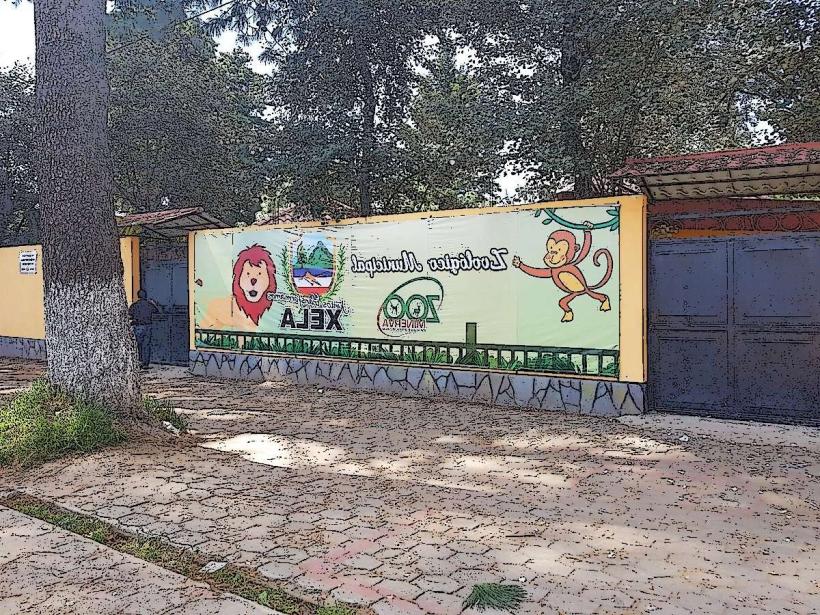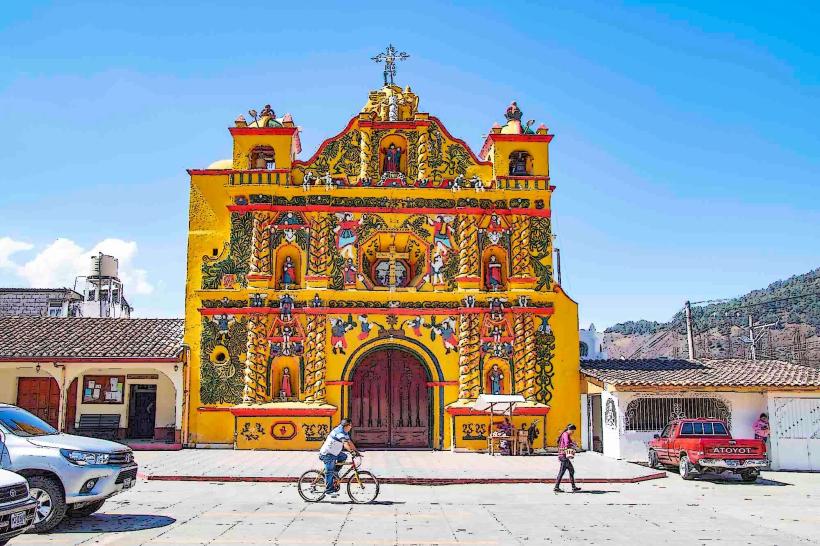Information
Landmark: Museo IxkikCity: Quetzaltenango
Country: Guatemala
Continent: North America
Museo Ixkik' is a cultural institution located in Quetzaltenango, dedicated to preserving and showcasing the rich Mayan heritage of the region, particularly focusing on the traditional textiles and artistic crafts that have been an integral part of Guatemalan culture for centuries. The museum’s name, Ixkik', comes from the K'iche' Maya language and translates to "The Lady" or "The Woman", reflecting the central role that women have historically played in the textile traditions of Guatemala.
History and Purpose:
The Museo Ixkik' was created with the goal of preserving and promoting the Mayan textile traditions that are still practiced in Guatemala today, particularly the traditional weaving techniques of the K'iche' Maya and other indigenous communities in the Western Highlands. The museum aims to educate visitors about the significance of these textiles, not only as artistic expressions but also as symbols of cultural identity, ancestral knowledge, and social status.
The museum provides a space to learn about the history of Mayan textiles and their continuing importance in contemporary Guatemalan life, with exhibits that explore the processes involved in creating these beautiful, intricate fabrics. Ixkik' also supports local artisans by showcasing their work, offering them an opportunity to present their creations to a wider audience, and promoting sustainable tourism that honors indigenous craftsmanship.
Collections and Exhibits:
The Museo Ixkik' features an impressive collection of traditional textiles from the Mayan culture, including handwoven garments, sashes, shawls, belts, and decorative pieces that showcase the intricate designs and vibrant colors associated with Mayan weaving. The museum’s exhibits are divided into different sections, each focusing on different aspects of Mayan textile artistry and their cultural significance.
Textile Techniques and Processes:
One of the main attractions of the museum is its focus on the traditional textile-making process. The museum showcases the intricate steps involved in Mayan weaving, from the harvesting of cotton to the spinning of yarn, the dying of threads, and the actual weaving on a traditional loom. Visitors have the opportunity to learn about the use of natural dyes, such as cochineal (a red dye derived from insects), indigo, and plant-based dyes, which are still used by contemporary weavers.
The museum also educates visitors about the role of weaving in Mayan communities and how it is tied to family heritage, gender roles, and the social fabric of indigenous life. Women are traditionally the main weavers, and each piece of fabric tells a story, often incorporating symbols and designs that are unique to specific Mayan towns or communities.
Cultural and Symbolic Significance:
The museum delves into the symbolism embedded in the designs of the textiles. Many of the patterns used in Mayan textiles are not only decorative but carry deep cultural meanings. The colors, shapes, and motifs represent different aspects of Mayan cosmology, such as the connection between the spiritual world, nature, and everyday life.
Each piece of clothing or textile item often signifies social status, community affiliation, and even ritual significance. For instance, the huipil, a traditional blouse worn by women, is intricately designed to represent a woman’s identity and heritage. The design on a huipil can reflect the wearer’s place of origin, marital status, and sometimes even the wearer’s personal history.
Contemporary Works and Artisan Support:
In addition to historical pieces, Museo Ixkik' also displays contemporary works by local artisans. These modern pieces are created using traditional techniques, but often with updated designs and patterns that reflect current cultural trends while staying true to the Mayan traditions.
The museum is committed to supporting local artisans by providing them with a platform to sell their creations, which helps sustain their craft and ensures that the traditions of weaving and textile artistry continue to thrive. Ixkik' often collaborates with artisans from surrounding villages and offers visitors the chance to purchase authentic, handwoven textiles directly from the makers.
Educational Programs and Workshops:
One of the key components of Museo Ixkik' is its focus on education. The museum offers workshops and demonstrations on traditional weaving techniques, where visitors can learn the basics of spinning yarn, dying threads, and even weaving on a backstrap loom, which is a traditional Mayan weaving tool. These workshops are not only an interactive way for visitors to engage with the art form, but they also help preserve these ancient skills and pass them down to future generations.
The museum also provides educational materials that explain the historical context of Mayan textiles and their cultural significance. Visitors can learn about how textiles have been used in various Mayan rituals, such as for weddings, funerals, and other important life events. The museum also provides a space for cultural exchange, where people can come together to discuss the importance of preserving indigenous traditions in a rapidly changing world.
Visiting Museo Ixkik':
The Museo Ixkik' is a must-visit for anyone interested in learning more about the fascinating and complex world of Mayan weaving and Guatemalan indigenous culture.
- Location: The museum is located in Quetzaltenango, easily accessible from the main Parque Central and other central locations in the city.
- Opening Hours: The museum is typically open during the week, but it is a good idea to check in advance for specific hours and availability of workshops or tours.
- Admission: There is usually a small entrance fee, which helps support the museum’s efforts in preserving Mayan culture and providing a platform for local artisans.
Nearby Attractions:
While in Quetzaltenango, visitors can explore other cultural attractions:
- Parque Central (Central Park): The city’s main park, surrounded by historic buildings, cafes, and local markets.
- Catedral del Espíritu Santo: The main cathedral in Quetzaltenango, located in the heart of the city’s park.
- Tajumulco Volcano: The highest volcano in Central America, ideal for those interested in hiking and outdoor adventures.
- Museo de Historia Natural: A museum focused on natural history and the biodiversity of the region.
Conclusion:
Museo Ixkik' provides an enriching experience for those wanting to understand the cultural significance of Mayan textiles and the role of indigenous artisans in Guatemala’s vibrant artistic traditions. With its educational exhibits, workshops, and support for local artisans, the museum plays an important role in preserving and sharing the rich heritage of Mayan weaving with the world.

